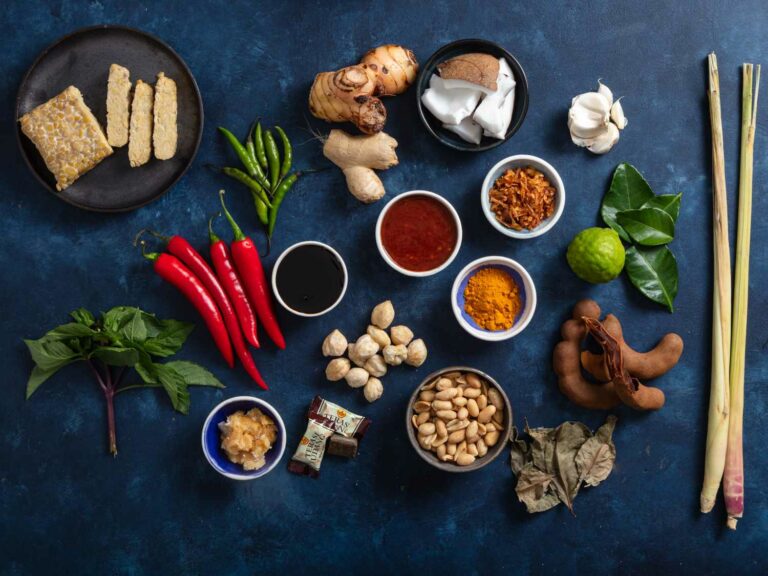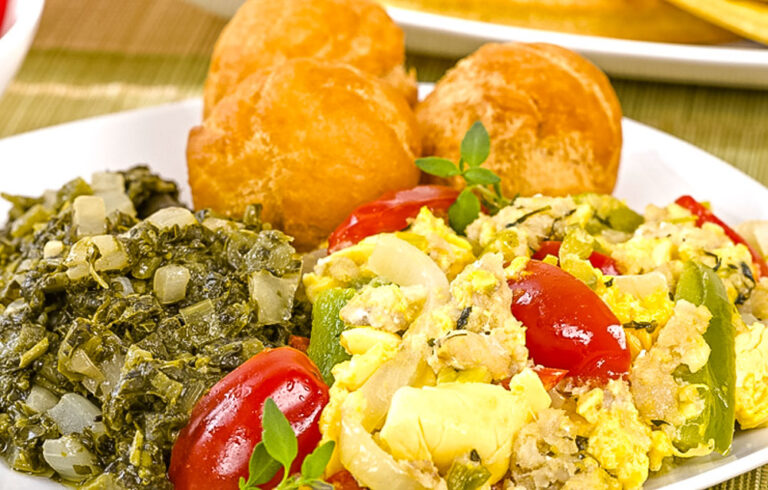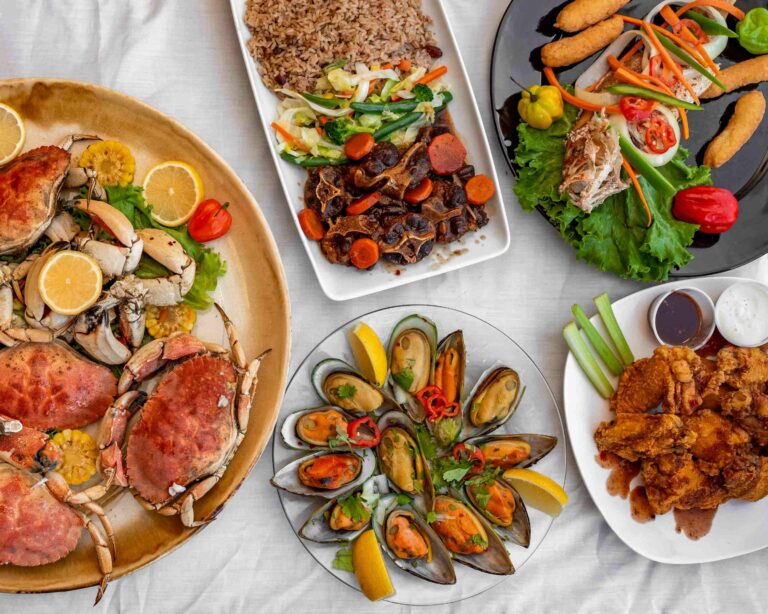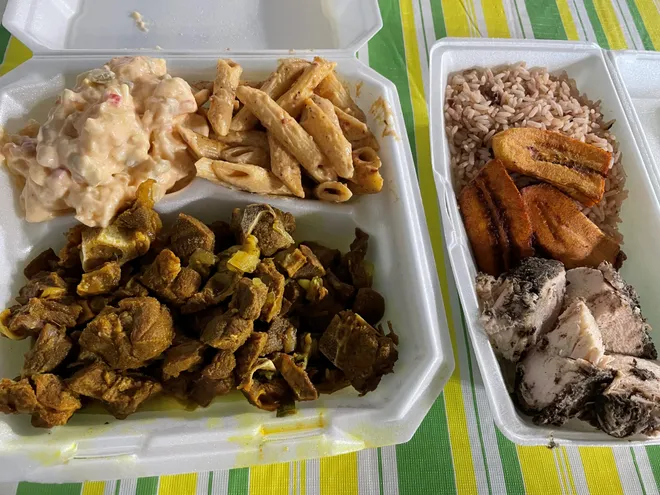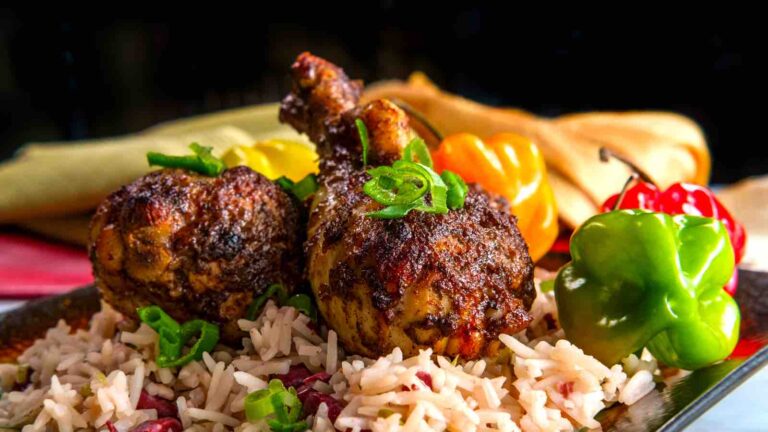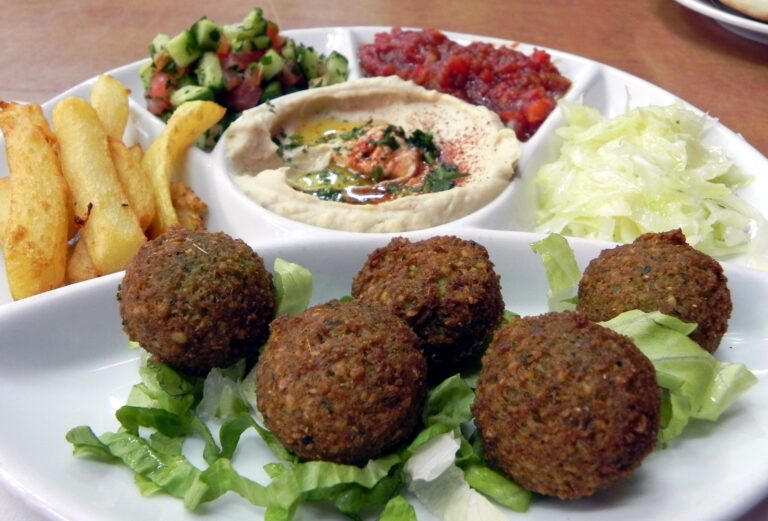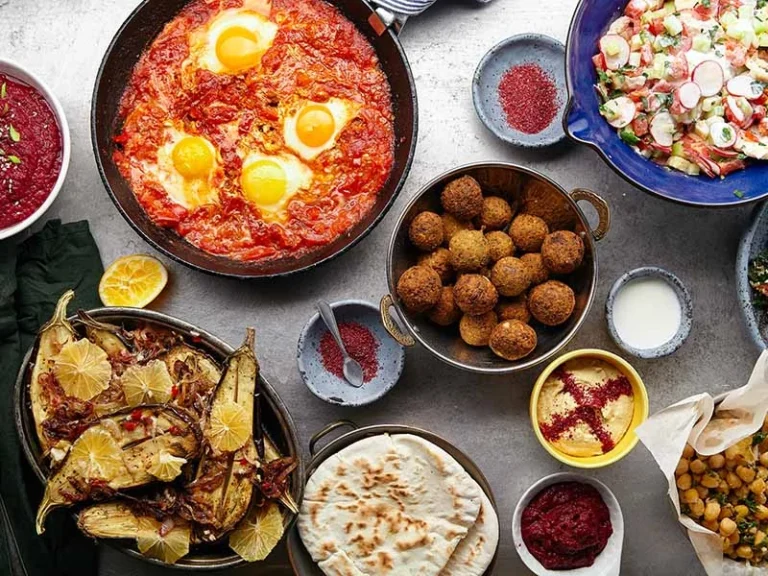Introduction
Indonesian cuisine is renowned for its bold and complex flavors, which are achieved through the use of a wide range of ingredients, spices, and cooking techniques. The country’s diverse cultural and regional influences have contributed to a rich culinary heritage that is both unique and varied. Traditional cooking techniques and methods used in Indonesian cuisine reflect the country’s rich history and cultural diversity.
Rice as a Staple Food
Rice is the staple food in Indonesian cuisine and is consumed in almost every meal. Indonesian rice is typically prepared using a specific method called “nasi goreng,” which involves frying the cooked rice with various ingredients such as eggs, vegetables, and spices. Another popular rice dish is “nasi uduk,” where the rice is cooked in coconut milk and flavored with lemongrass, kaffir lime leaves, and galangal.
Spices and Seasonings
Indonesian cuisine is famous for its bold and complex flavors achieved through the use of a wide variety of spices and seasonings. These include turmeric, coriander, cumin, ginger, garlic, and shallots. Traditional methods of preparing spices include grinding them into a paste using a mortar and pestle or using a spice grinder. The spice paste is then used to flavor dishes such as curries, stews, and soups.
Grilling and Frying Techniques
Grilling and frying are popular cooking techniques used in Indonesian cuisine. Grilling is typically done on a charcoal grill, and the most famous dish that is cooked this way is “satay” or grilled skewered meat. Frying is also a widely used method of cooking, and dishes such as “gorengan” or deep-fried snacks are popular street food. The technique involves deep-frying vegetables, tofu, or meat in hot oil until they are crispy and golden brown.
Steaming and Boiling Methods
Steaming and boiling are common cooking methods used in Indonesian cuisine, especially for seafood and vegetables. The popular dish “gado-gado” is a vegetable salad that is boiled or steamed and then served with a peanut sauce. Another popular dish is “nasi liwet,” where the rice is cooked with coconut milk and steamed with various spices and ingredients such as chicken, mushrooms, and green beans.
Preservation and Fermentation Processes
Preservation and fermentation are essential techniques used in Indonesian cuisine to ensure that food can be stored for long periods without spoiling. One of the most famous preserved foods is “tempeh,” made from fermented soybeans, which is used as a protein source in many Indonesian dishes. Another well-known preserved food is “kerupuk,” which is a type of crispy cracker made from cassava flour and dried fish or shrimp. These preservation and fermentation techniques have been used for centuries in Indonesian cuisine and are still popular today.
Conclusion
In conclusion, Indonesian cuisine has a rich culinary heritage that is reflected in the various traditional cooking techniques and methods used in the country. From grilling and frying to steaming and boiling, these techniques have been used for centuries to create some of the most flavorful and unique dishes in the world. The use of spices, seasonings, and preservation techniques also adds to the complexity and depth of flavors in Indonesian cuisine.

